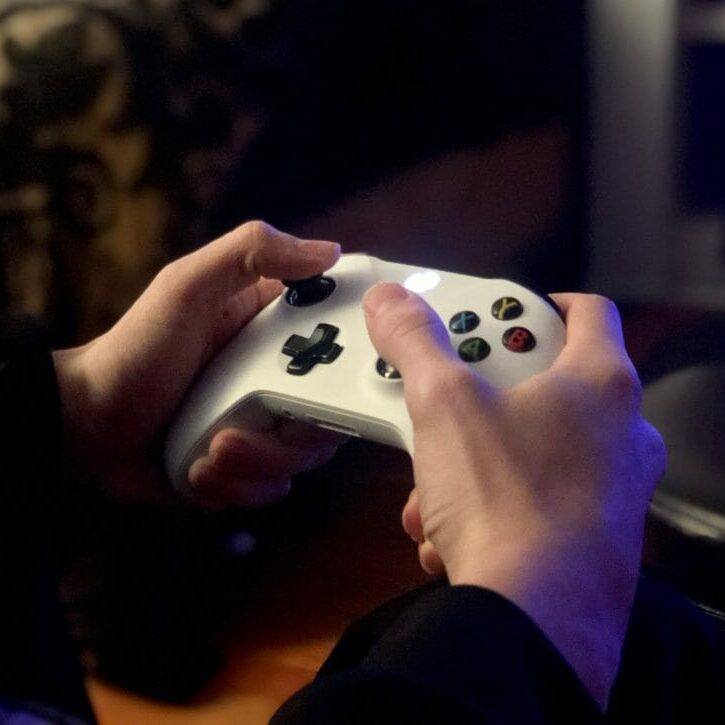
Are eSports really sports?
eSports are overruled by programming; in real sports, it’s the ref
eSports generated 655 million globally in 2017. By 2020, eSports are expected to generate almost 1.5 billion, quadrupling its present value.
Surging interest has led to sponsored tournaments, arenas and opportunities to compete on a grand stage.
Some universities across the United States are trying out giving eSports scholarships, amounting to $9 million. A few Canadian institutions have followed in suit.
Emerging leagues, competitions and awards encourage video games in the mainstream and in our institutions. This is a dream come true for many talented and passionate gamers, but is the “sport” part of eSports warranted?
eSports are video games. This includes sport-based games like the FIFA franchise and multiplayer online battle arena games (MOBA) like League of Legends, and first-person shooters (FPS) like Overwatch and Counter-Strike. They all involve strategy, team play and mechanics such as aim, accuracy and reaction time. eSports have their own rules, opportunities, limitations and methods that lead to victory – as with physical sports.
To succeed in any game, you need to have a unique strategy that suits your game and derails your opponents’ game. You also need an intuitive understanding of how the game works, along with an ability to optimize your psychological performance. This involves managing high stress, being adaptive, patient and consistent.
Take physical basketball: there are specific game traits. You may need to be a good shooter, tall, physically fit and an understanding of the specific traits required from a player in your position. For the eSports version of basketball, the NBA 2K series, you need to understand all the different features of the game: types of shots, the various positions you can choose to play and all the functions of a controller.
In video games, you work within the programmed “rules” of the game, explicit rules as well as the mechanics and probabilities involved.
For example, Rocket League is a game where rocket cars play soccer. Each player controls a car and tries to use the car to score in the opposing goal. Turbo boosts are available throughout the arena that allow for jumps, as well as more powerful shots. To win the game you need to score more goals than your opponent. Your overall success depends on your ability to control your own car – maneuvering for shots and boosts – as well as coordinate your positioning relative to other cars.
Much of this is also applicable to physical sports.
There are rules, conditions for fouls, certain positions and mechanics that are advantageous. A primary difference with real sports is: unlike video games, you control your own performance as opposed to controlling a tool or character.
In eSports your character has limited abilities. No matter how hard you try, the character cannot change; you can only work with the tools and limits provided within the game’s programming to control your character to the best of your ability.
In real-life sports, your character is you. You control yourself and can push yourself beyond what is expected or normal.
Rocket League’s turbo boosts are pre-programmed, equal for all players and can’t be changed within the game. If you crash into an opponent’s car at full-boost, the car disappears and restarts at a different point after a few seconds. There’s no way you can get past the fact that your car disappears once it’s crashed.
You can strategize and avoid such instances, but the focus remains on the abilities of the tool you are using to attain victory.
In Basketball you can endure more than necessary pain, push your limits – just as Lebron James did when he played three games of NBA final with a broken hand.
eSports are comparable to real sports in many ways. They’re competitive, they’re fun, and it isn’t easy to master them. But when it comes down to it, your performance in physical sports depends on your human ability and will. In eSports, your performance is ultimately dictated by programming that you can’t change no matter how hard you try.






